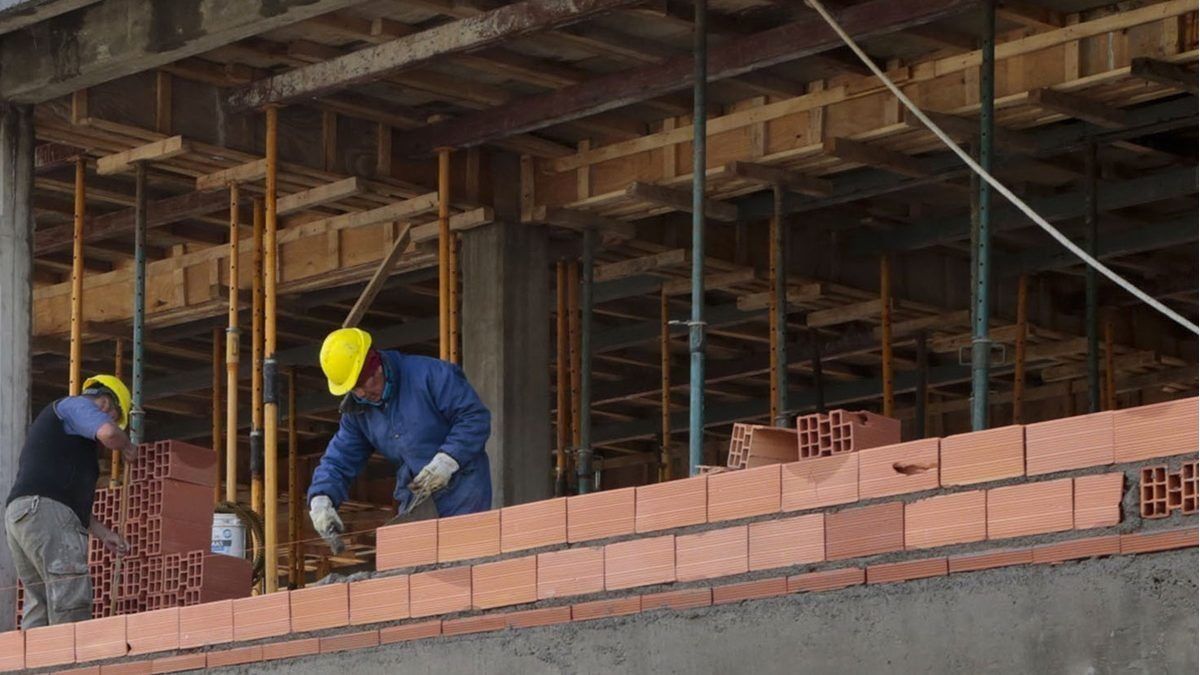“Employment registered with data up to November continued to show strong growth. For the total number of jobs, job creation has been 0.84% for every 1% growth in activity, a figure that falls to 0.74% for registered private employment. This last category, which represents close to 50% of the total, is at levels of the maximum reached in December 2017”, he explained to Ambit Claudio Caprarulo, director of the consulting firm Analytica.
Facing what may happen this year, the analyst detailed: “In 2023 we expect the number of workers to continue to recover even with a lower growth rate in activity; although it will surely not reach the average of 2022. What is certainly worrying is the growth of self-employment and informal, which we estimate also continued to grow in level and possibly in share during the last quarter. Improvements in the quality of employment will come hand in hand with macroeconomic stability and formalization policies”.
When analyzing a possible slowdown in registered employment growth, Hernán Letcher, director of CEPA, pointed out: “The data from the Labor Indicators Survey (EIL) for December does not show a positive performance. It is the first figure that can indicate the non-continuation of this process, although it is still a survey, so it cannot be conclusive until we have the official data.
“In generic terms, The engine of employment in recent months was the recovery of hotels and gastronomy, which has already recovered the positions lost due to the pandemic; the industry, which had substantial growth; he trade, associated with the evolution of the industry; and the construction”, added Letcher, who remarked: “Of these items, if the industry presents a plateau in its performance, it is possible that it will have effects in a slowdown in the generation of jobs in the sector. The truth is that, in recent months, there has already been a plateau in industrial activity and, nevertheless, jobs have been created”.
“That is why you have to see sector by sector. In commerce, it largely follows the luck of the productive and industrial sector, and partly from the evolution of purchasing power. And it will be subject to that question. The construction perhaps sustains the positive evolution, taking into account that it is still business to build and that the money-laundering policy can exert traction in the sector”, concluded the director of CEPA.
forecasts
“While it is true that all registered work has been experiencing growth in recent months, it is pertinent to say that the modality that is driving most of the observed expansion is the monotributo. When we review the SIPA numbers, We see that between January 2019 and November 2022 there were a total of 849,000 additional jobs registered, of which 62% corresponded exclusively to the increase in self-employment (527,000), 26% corresponded to public salaried employment (217,000). and only 12% (105,000) to private employees”, explained Emilio Prado, Economist at the Libertad y Progreso Foundation.
The income of workers is another aspect that the analyst focused on: “In parallel with the employment numbers, we must consider the inflationary process in which the country is submerged and its direct impact on the purchasing power of workers. If we consider the interannual variation of the month of November, we see a fall in real wages for registered private workers of around 2.3% (being the fifth consecutive month of fall) and 3.6% if we consider the general level of wages”.
With that scenario, the projections de Prado for 2023 are not encouraging: “The forecasts for this year, in principle, are not the most optimistic for two reasons. On the one hand, the impact of the drought on the agricultural sector and exports, which indicates a scenario that will be recessive for the Argentine economy and a less favorable international environment (due to the restrictive monetary policy of central banks and a probable drop in commodity prices). And, on the other hand, the dynamics generated by the fiscal deficitl Together with the remunerated debt stock, they put a floor on the monetary issue and, therefore, on the inflation levels projected for 2023. In this way, the government’s objective of lowering inflation to 60% is incompatible with the course of the current policy, which is estimated to only close with inflation around 100%”.
Source: Ambito




